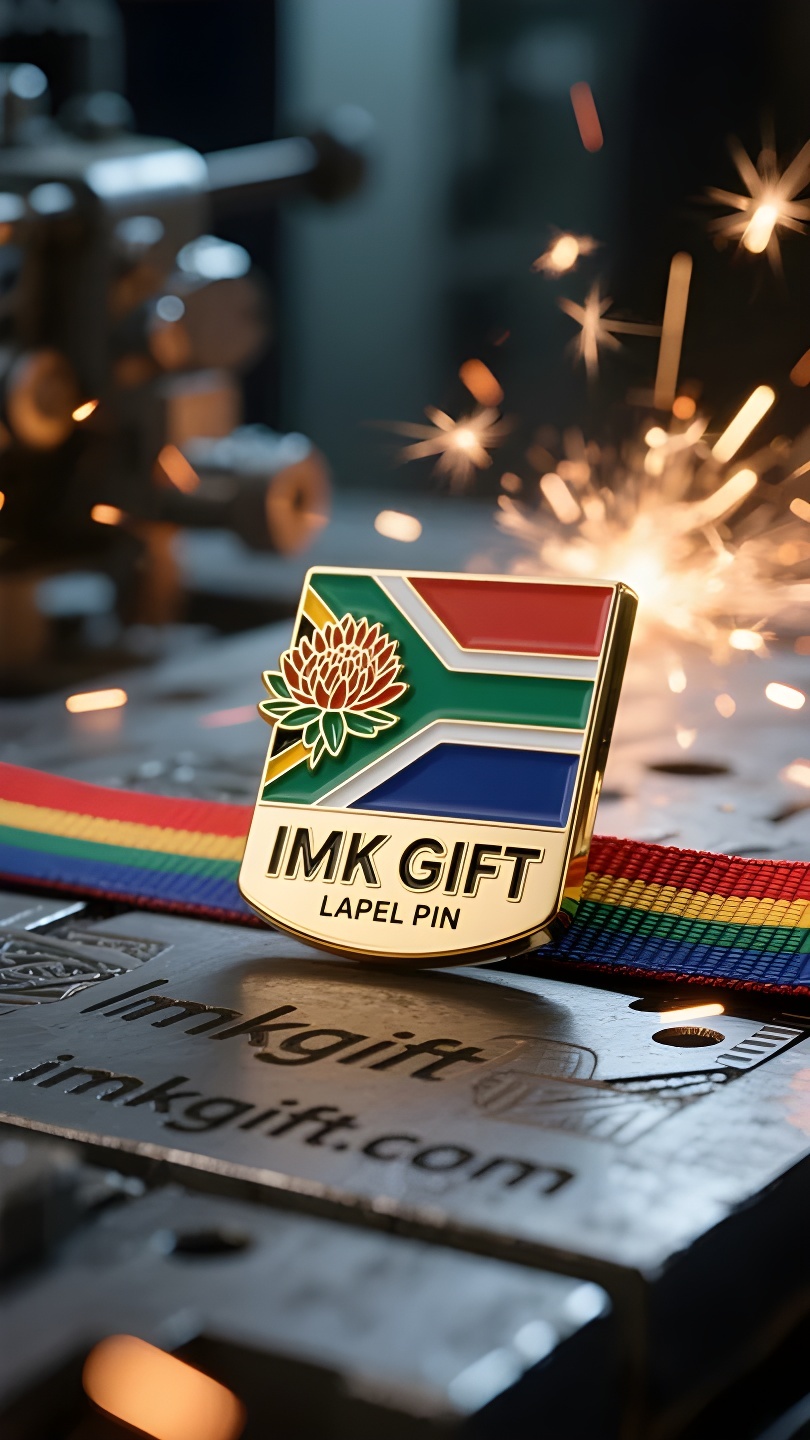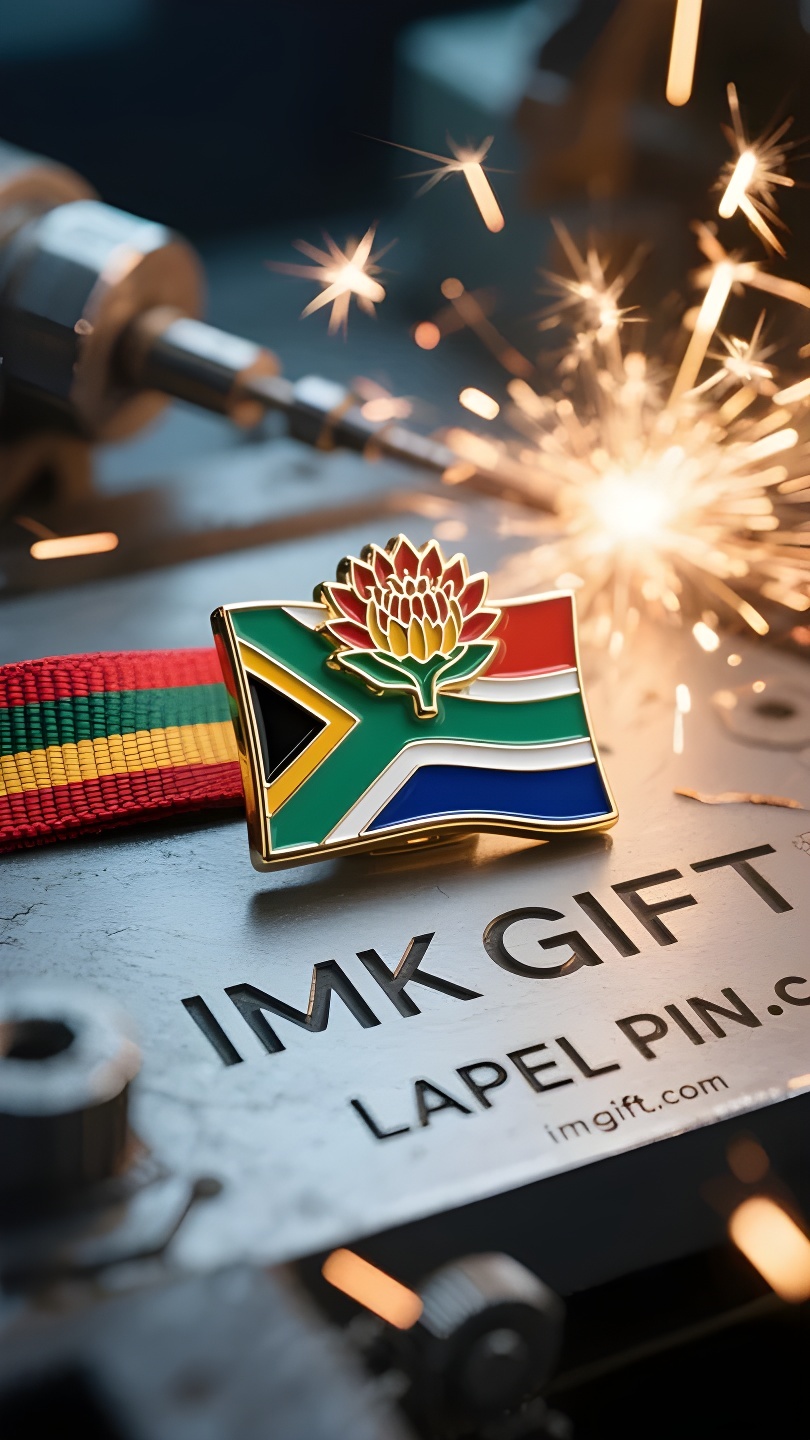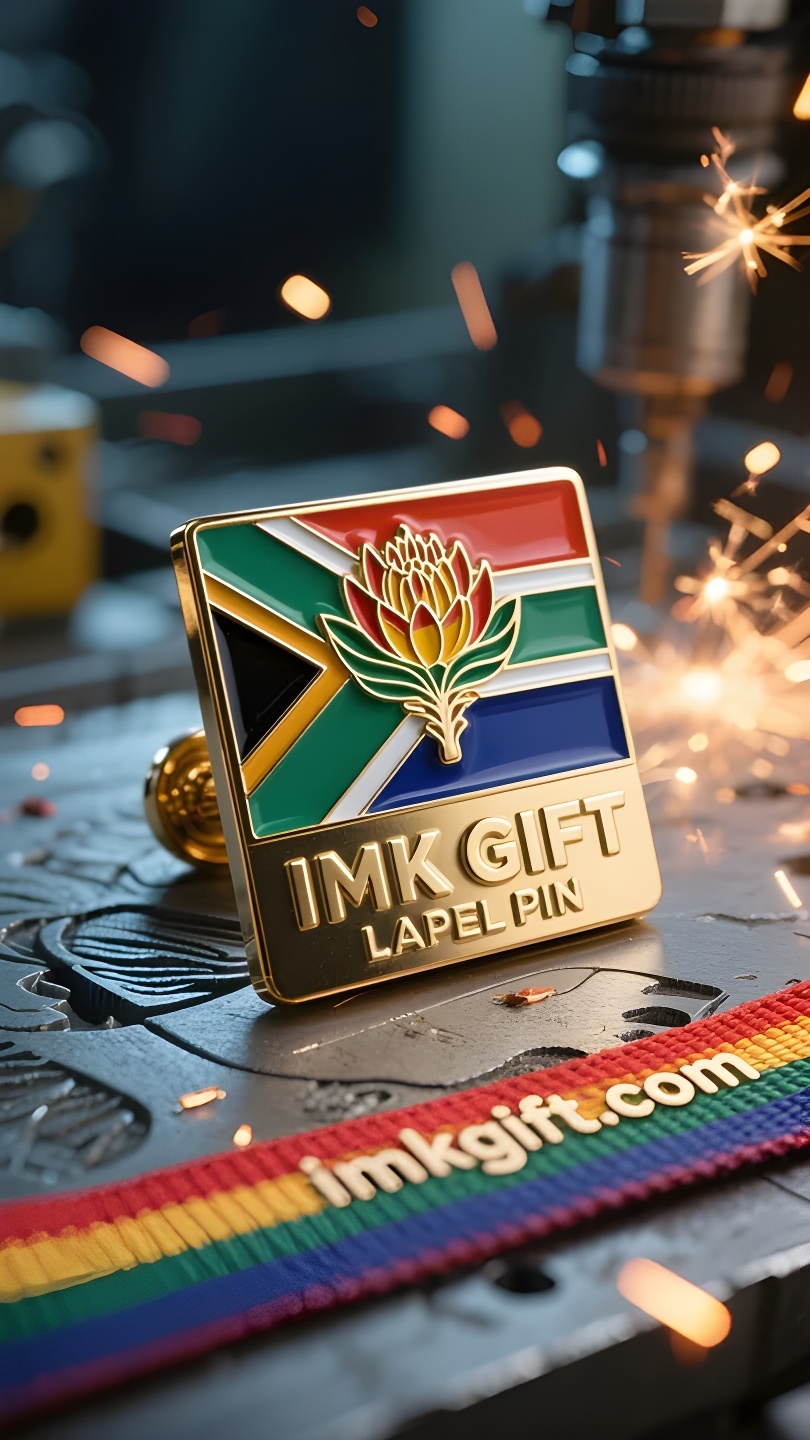in989-Waar-die-Koningprotea-blom-Vryheid-het-geen-grense-nie
▼
In April in Suid-Afrika, wanneer die akasiabome nuwe botsels kry, dink mense altyd aan 27 April 1994 – die seskleurige nasionale vlag wat uiteenlopende beskawings dra, is vir die eerste keer in Vryheidsplein gehys. Hierdie reënboogvlag, wat uit geometriese kleurblokke bestaan, kruis mekaar in ‘n Y-vorm om die versoening en naasbestaan van verskillende rasse op die land te simboliseer. Die mees skitterende totem onder hulle is die keiserlike blom wat nooit sy kop buig in die middel van die nasionale embleem nie. As die kernelement van die Suid-Afrikaanse nasionale embleem, beliggaam die oomblik wanneer die koningprotea op die okerrooi skild blom die diepste spirituele kode van hierdie land. Hierdie plant, wat in dorre rotsskeure kan groei, het harde skutblare wat om tienduisende klein meeldrade gedraai is, net soos die Suid-Afrikaanse mense wat nog altyd die wysheid van groepsimbiose in die krake van kolonialisme en apartheid gehandhaaf het. Die ring wat deur ivoor en koringare onder die nasionale embleem gevorm word, impliseer die samesmelting van die natuur se gawes en landboubeskawing; die fladderende sonvoël bo-op en die goue meeldrade van die keiserblom interpreteer saam die ware betekenis van “eenheid in diversiteit” – net soos elke meeldraad onafhanklik groei, maar voedingstowwe deel, kan verskillende etniese groepe slegs helder skyn as hulle mekaar in die toets van vuur ondersteun. Terwyl die sonlig van Vryheidsdag weer eens oor die brons embleem van die Kapitool beweeg, skets die skaduwee wat deur die protea gewerp word die kontoere van die nuwe Suid-Afrika: die moed om verdraagsaamheid te kweek te midde van die krake, en die ewige gelofte om miljoene “ek”‘s in “ons” te versmelt.
In April in South Africa, when the acacia trees sprout new buds, people always think of April 27, 1994, when the six-color national flag carrying diverse civilizations was raised for the first time in Freedom Square. This rainbow flag, constructed of geometric color blocks, intersects in a Y shape to symbolize the reconciliation and coexistence of different races on the land, and the most dazzling totem among them is the king protea that never bows its head in the center of the national emblem. As the core element of the South African national emblem, the moment the king protea blooms on the ochre-red shield condenses the deepest spiritual code of this land. This plant that can grow in barren rock crevices has hard bracts wrapped around tens of thousands of microscopic stamens, just as the South African people have always maintained the wisdom of group symbiosis in the cracks between colonialism and apartheid. The ring of ivory and wheat ears below the national emblem implies the integration of natural gifts and agricultural civilization; the fluttering sunbird at the top and the golden stamens of the king protea together interpret the true meaning of “unity in diversity” – just as each stamen grows independently but shares nutrients, different ethnic groups can only shine brightly in the test of fire if they support each other. When the sunlight of Freedom Day once again passes over the bronze national emblem of the Capitol, the shadow cast by the king protea is outlining the outline of the new South Africa: it is the courage to cultivate tolerance in the cracks, and the eternal oath to melt thousands of “I” into “us”.
四月的南非,金合欢树抽新芽时,人们总会想起1994年4月27日——那面承载多元文明的六色国旗首次在自由广场升起。这面由几何色块构筑的彩虹之旗,以Y形交汇象征不同种族在土地上的和解共生,而其中最耀眼的图腾,当属国徽中央那朵永不低头的帝王花。
作为南非国徽的核心元素,帝王花在赭红色盾牌上绽放的瞬间,凝结着这片土地最深沉的精神密码。这种能在贫瘠岩缝中生长的植物,其坚硬苞片包裹着上万朵微型花蕊,正如南非人民在殖民与种族隔离的夹缝中,始终保持着群体共生的智慧。国徽下方象牙与麦穗组成的环形,暗示着自然馈赠与农耕文明的交融;顶端振翅的太阳鸟,则与帝王花的金色花蕊共同诠释着”多元团结”的真谛——正如每根花蕊独立生长却共享养分,不同族群唯有彼此支撑,才能在烈焰般的考验中淬炼出璀璨。
当自由日的阳光再次掠过国会大厦的青铜国徽,帝王花投下的影子正勾勒出新南非的轮廓:那是在裂痕中培育包容的勇气,是将千万个”我”熔铸成”我们”的永恒誓言。
▼
Contact Us
📞 Tel: +0086-760-85286839
📧 Email: sales3@imkgift.com








